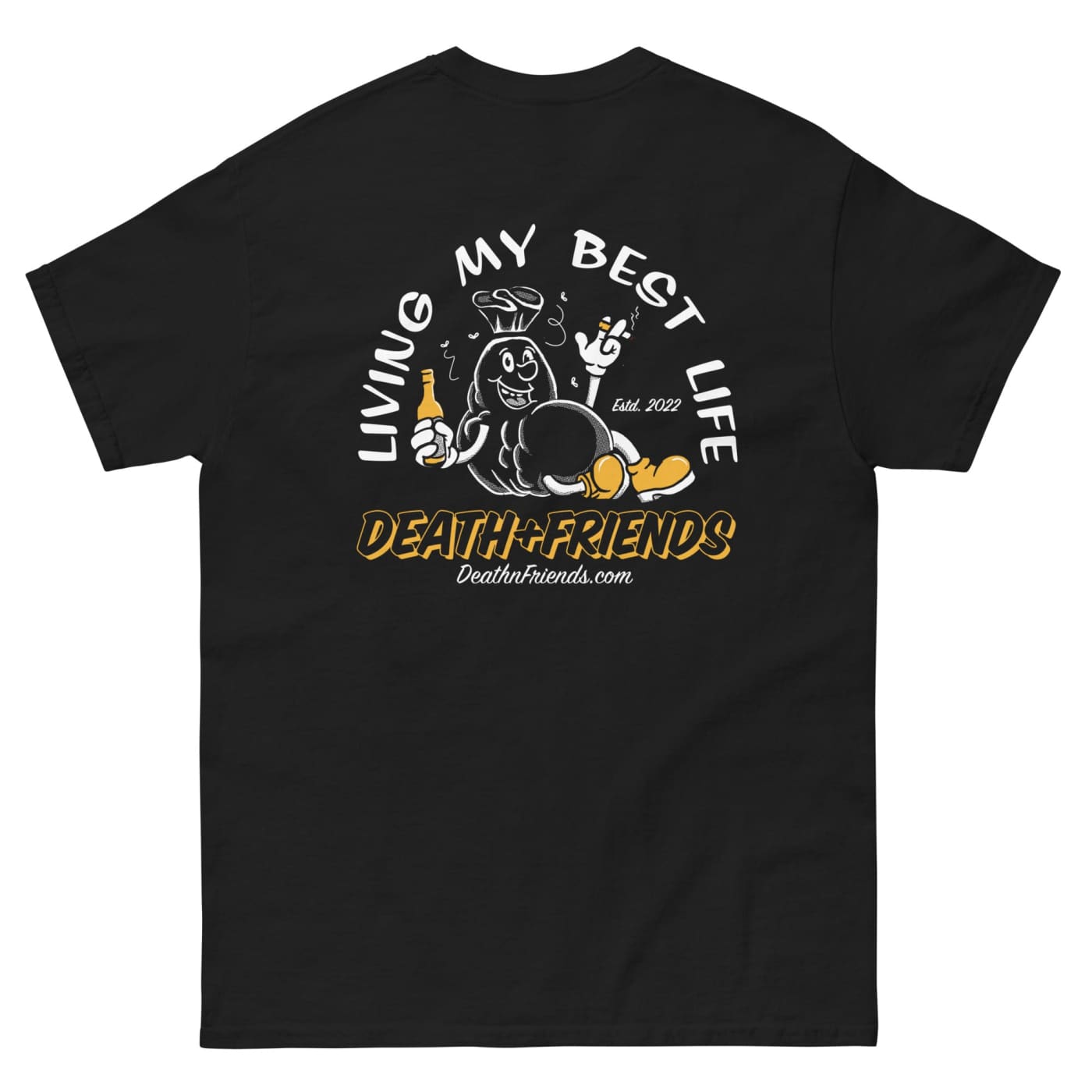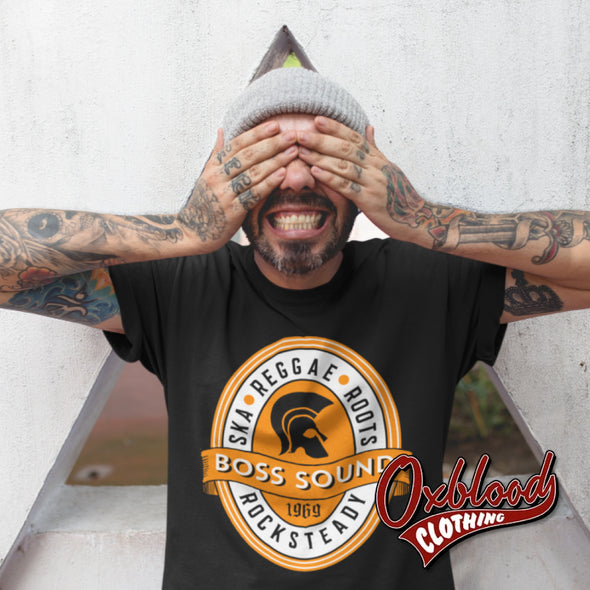The skinhead model 's been around since the late 1960s, initially emerging from working-class Britain and inspired by mod style, Jamaican obnoxious child tradition, and ska/reggae music. While their picture has often been misrepresented, the authentic skinhead search is about sharp, useful clothing, quality footwear, and a confident, no-nonsense attitude. Choosing the perfect punk baby clothes suggests knowledge both the history and the details.
The skinhead model is one of the most straight away recognizable and culturally loaded fashion activities of the 20th century. While often misunderstood because of later political associations, the beginnings of skinhead clothing tell an alternative story—one seated in working-class pleasure, audio tradition, and cross-cultural exchange.

Roots in 1960s Britain
Skinhead fashion first surfaced in the late 1960s in Britain, mainly among working-class youth. The design was greatly affected by two key resources: the sharp style of the mod subculture and the lively fashions brought by Jamaican immigrants, specially the “obnoxious boy” style related to ska and rocksteady music. Early skinheads followed realistic, hard-wearing apparel that reflected their professional, blue-collar environment while maintaining a sharp, fashionable edge.
Core Clothing Aspects
Right from the start, particular things defined the skinhead look:
Dr. Martens boots – durable function boots that became both a style record and a functional choice for laborers.
Levi's or Wrangler jeans – frequently cuffed showing off the boots.
Button-down shirts – brands like Bill Sherman and Fred Perry turned basics, appreciated for his or her clean lines and quality.
Brackets (suspenders) – used for both useful and cosmetic reasons, frequently in striking colors.
Harrington and bomber jackets – light yet resilient, ideal for Britain's unstable weather.
The general look was clean, tough, and unique from the longer-haired hippie types of the era.
Music and Identification
Audio performed a main role in surrounding skinhead apparel trends. Early skinheads embraced ska, reggae, and later, punk and Oi! music. The fashion became an aesthetic representation of solidarity with working-class prices and the multicultural street lifestyle of Britain. For many, the nice, uniform look symbolized delight in one's sources and a rejection of middle-class fashion norms.
Development and Misinterpretation
By the late 1970s and 1980s, the skinhead image began to splinter. Some factions moved toward far-right political extremism, and the public began associating the design with racism and violence. Nevertheless, many skinheads, especially those associated with the original ska and reggae displays, maintained an anti-racist stance. Clothing stayed regular in their primary components, but political symbols sometimes turned integrated, primary to help division in perception.

Modern Rebirth
Nowadays, skinhead clothing trends have experienced a rebirth among style fanatics, audio supporters, and these enthusiastic about vintage streetwear. Manufacturers like Sam Perry and Dr. Martens have transcended subculture boundaries, appealing to an international audience. For all, wearing these parts is a nod to the wealthy, complicated history of working-class fashion rather than a political statement.
Conclusion
The history of skinhead clothing is a story of ethnic blend, identification, and resilience. Removed of their later controversies, the model stands as a testament to the creativity and pride of working-class youth in post-war Britain.
